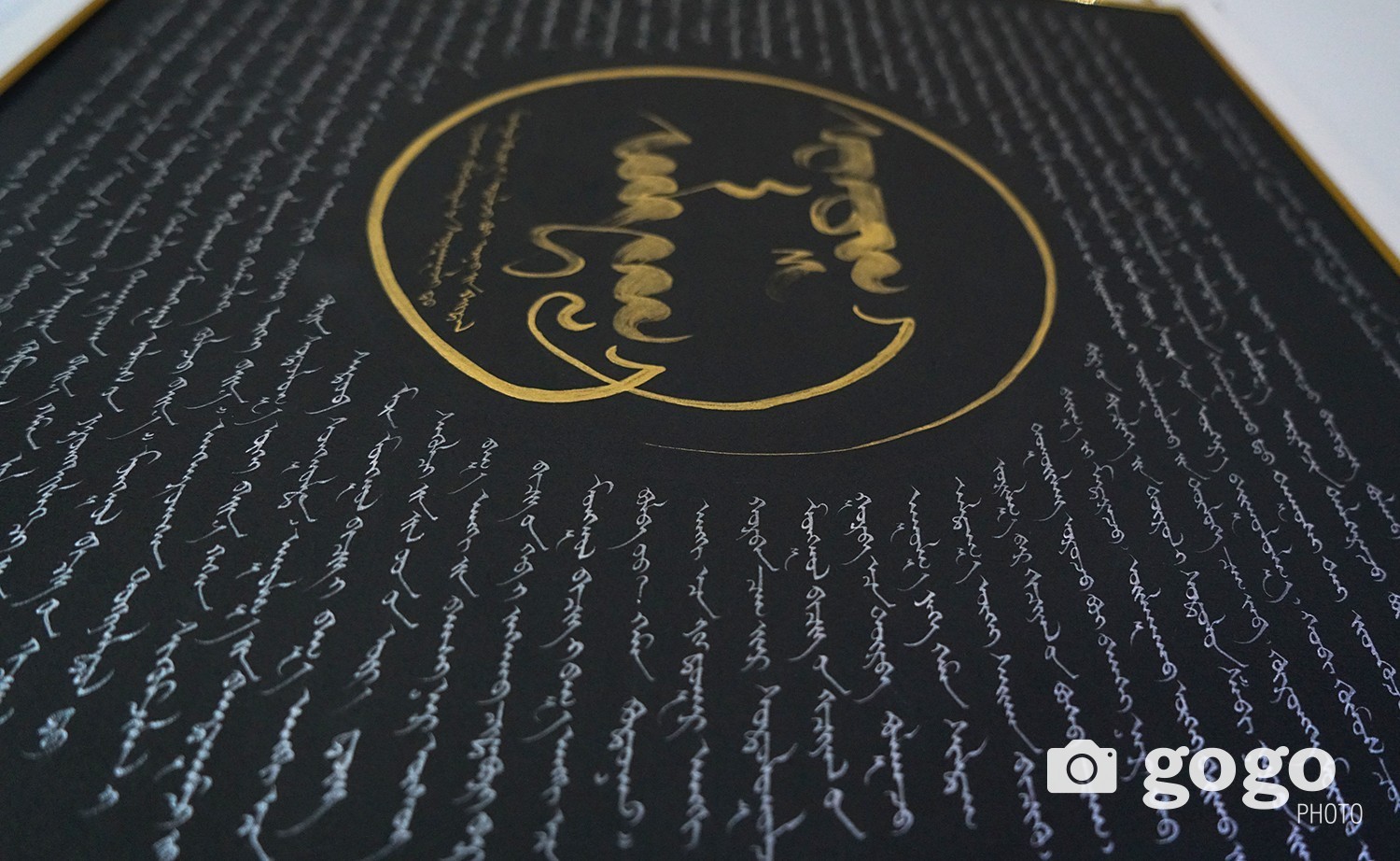Below you'll find all the characters used to write this language and all the countries where this language is used.
- GitHub - Suragch/mongol: Mongolian Vertical Script Widgets ...
- Mongolian Fonts - Luc Devroye's Home Page
- Mongol Script Font Download - Programgate
- Inputting Mongolian Script On The Mongolfont Keyboard
- Mongol Script Font Free
- Old Uyghur Alphabet
Alternate Scripts for Mongolian
- Mongolian can also be written using the Mongolian script
Welcome to MyFonts, the #1 place to download great @font-face webfonts and desktop fonts: classics (Baskerville, Futura, Garamond) alongside hot new fonts (Brice, Moneta,Novera).
Standard Characters
- The Mongolian Font The Mongolian is the script used by Mongolain Peoples from 13th Century. It is actually an alphabetic script, but the Mongolian have a special writing style. Firstly, the Mongolian write in vertical line and the line feed direction is from left to right.
- Inputting Mongolian Script with Mongolfont. This introduction refers to the old standard input method for Mongolian script. It has now been replaced by a new method that reassigns some keys (e.g., the former input key w has now been switched to q) and uses different ways of entering certain invisible symbols.
- Sle text in mongolian in the traditional script. Mongolian script, scripts, calligraphy. Mongol olle updates, news, and travel information. Download font file mongolian white font font sle pdf pdf sle. Objectives summarize how mongol armies bui an empire. Negative effects of mongol rule. Niceshot grassland horse canada inner mongolia whole photos.
The minimal characters required for this language
Auxiliary Characters
Additional letters (beyond the minimal set) used in foreign or technical words found in typical magazines, newspapers, etc..
Punctuation Characters
The marks used to separate sentences and to clarify meaning
Unicode Blocks
GitHub - Suragch/mongol: Mongolian Vertical Script Widgets ...
Mongolian uses characters from the following Unicode blocks
Countries
Mongolian Fonts - Luc Devroye's Home Page
The worldwide literate language population for Mongolian is 2,855,596 people across 2 countries.
Mongolia
References
Our data is sourced from a number of places, and we want to give them credit here. We use ISO639 codes for the country codes that support the language.
Throughout the centuries a variation of different scripts was used to put the Mongolian language into writing. This research, however, will concentrate on the typefaces that were created for the Uyghuro-Mongol script, the writing system which the Mongols used for more than seven centuries.[1]
According to the Secret history of the Mongols, after defeating the last king of the Naiman tribe in 1204 and capturing his seal-bearer, the Uyghur scribe Tatatungga, Chinggis Khaan instructed the Mongol scholars in 1206 (the Mongolian year of the Tiger) to adapt the Uyghur script for their own use to codify the Mongol Law in ‘blue books’ written on ‘white paper’, and to write the History of the Mongol empire.[2] Tatatungga was ordered to educate the Mongol scholars and young nobels to read and write the Mongolian language with the Uyghur script.

Although researchers are still in debate about the origin and orthography of this ‘pre-Mongolian’ Uyghuro-Mongol written language, ‘it is clear that the Chinggis-era Mongols borrowed a foreign Uygur writing system’, which in turn derived from the writing system of the Iranian-speaking Sogdians, whose origin traces back to the Aramaic alphabet. [3]
The Uyguro-Mongol script is a phonemic writing system with vowels and consonants. Whereas Sodgian was written horizontally from right to left, the Uyghuro-Mongol script is written in vertical lines from left to right. The characters are connected to each other from top to bottom. Similar to the structure of the Arabic script, the shape of the Uyghuro-Mongol characters varies depending on their positioning in a word: either at the beginning (initial), in the middle (medial) or at the end (final). Apart from word spaces, the use of punctuation marks in Mongolian orthography is scarce. Different marks can be used at the beginning of a literary text to indicate the nature of its content (this was not used in monumental inscriptions). At various moments in history, different marks of punctuation were introduced to indicate the end of a line, the end of a verse, the end of a chapter, or the end of a text. Apart from the numerals, which originated from the Tibetan script, signs for abridgement were also included in Uyghuro-Mongol writing. Unlike the Latin alphabet, the Uyghuro-Mongol script is unicase, and thus makes no distinction between capital and lowercase letters.
The Uyghuro-Mongol script became the writing system of the Mongol Empire from the thirteenth century onwards. Specific Uyghuro-Mongol characters were introduced to transliterate foreign (like Tibetan, Russian or Chinese) words. It was used in everyday life in Mongolia until 1946, when a political decision introduced the Russian Cyrillic alphabet to write Mongolian and other minority languages in the USSR, and discouraged the use of the Uyghuro-Mongolian script. Two extra glyphs were created for the Cyrillic alphabet to represent the Mongolian sounds.
Mongol Script Font Download - Programgate
In the 1990s, the ‘traditional’ (or Uyghuro-Mongolian) script was revived in Mongolia and was re-introduced in classrooms and publishing. Variants of the Uyghuro-Mongol script are Oirat, Buryat, Galik, Kalmyk and Manchu.[4]
♦
[1] Urgunge Onon uses the term Uighuro-Mongol or Uighurjin Mongol script, whereas György Kara refers to this script as Uygur-Mongolian.
Inputting Mongolian Script On The Mongolfont Keyboard
[2] The secret history of the Mongols (2001): p 11.
Mongol Script Font Free

Old Uyghur Alphabet
[3] Books of the Mongolian nomads (2005): p 29-30. For more details on the origin and rise of the Uyghuro-Mongolian script, see Kara’s publication Books of the Mongolian nomads (2005).
[4] For a detailed description of the scripts that are based on the Uyghuro-Mongol writing system, see Kara’s chapter ‘Aramaic scripts for Altaic languages’ in The world’s writing systems (1996): pp 536–558.